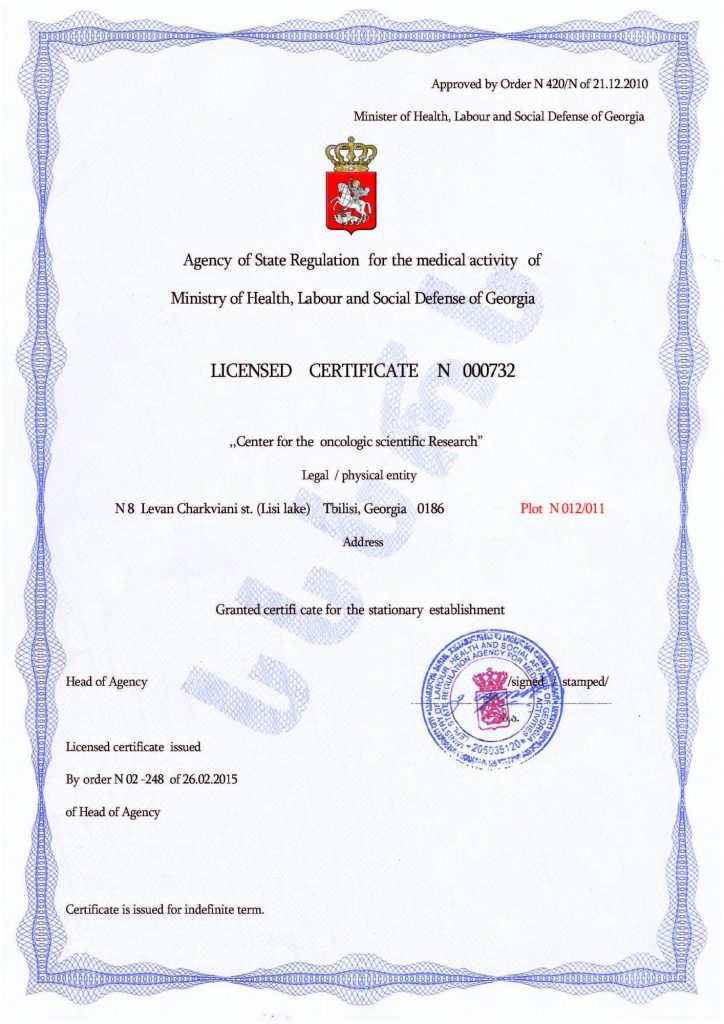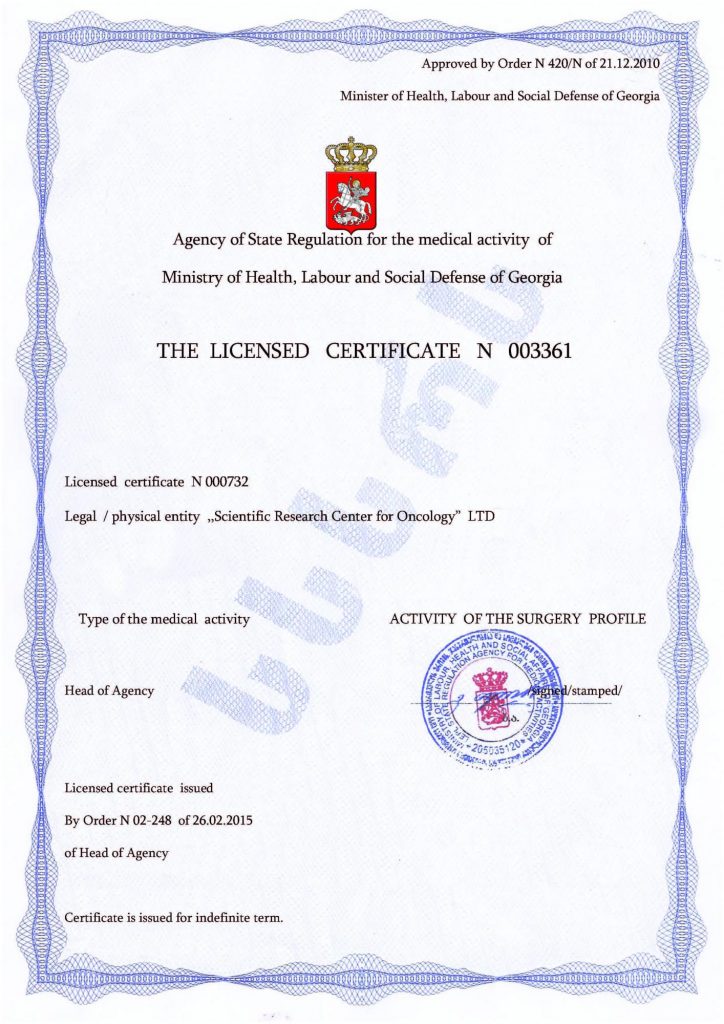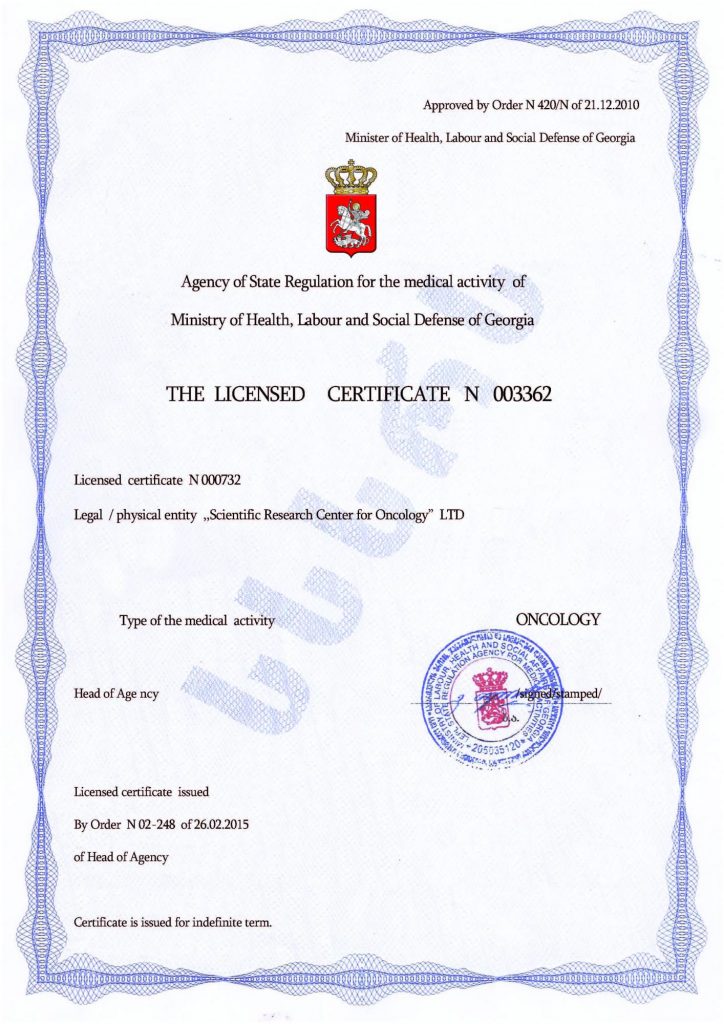How to Properly Wake Up an Autistic Person in the Morning
Children with autism and ASD mostly experience significant difficulties with sleep, including problems falling asleep, frequent unexplained awakenings during the night, as well as anxiety and tantrums during morning wake-ups. Bad morning wake-up scenarios are accompanied by screaming and refusal to get up, which are related to emotional regulation issues and sensory sensitivity. After morning tantrums, the child becomes filled with negativity for the entire day and may demonstrate a bad mood. There are practical approaches that can help establish quality sleep and an easy wake-up for an autistic child.
How to Ensure Optimal Conditions for Waking Up an Autistic Child?
Children with ASD feel comfortable and confident when their day begins with a clear scenario that is consistently repeated day by day. This is what is commonly called “routines.”
Morning Routines:
Sequential action plan. For example, waking up, washing, getting dressed, having breakfast, brushing teeth. The task can be reinforced with cards containing picture prompts.
Time-out. It is advisable to separate the moment of waking up and the moment of getting out of bed. After waking up, allow the child some time to fully wake up, and then warn them that they need to get up in 10 minutes so that they are ready for the change of activity.
Sensory Approach
Children with autism may be sensitive to light, sounds, and other sensory stimuli. Try to consider these features when waking them up.
- Soft light: Instead of abruptly turning on bright lights, use a nightlight or gradually turn on the lights.
- Quiet sounds: Use gentle sounds to wake the child (for example, soft music or nature sounds), avoid loud or sharp sounds.
- Tactile sensations: Some children may benefit from soft touch or a light massage to help them wake up. This can be especially helpful if the child dislikes sudden movements or loud sounds.
“Smooth Transition” Rule
A child with autism may feel anxious in the mornings due to changes in their environment or the unpredictability of the day. To help them start the morning without stress:
- Smooth transition from sleep to wakefulness: Waking up should be gradual. Try to gently wake the child without sudden movements and give them time to adjust to the new state.
- Predictability in the environment: Ensure that the child’s sleep room is comfortable with minimal distracting or frightening elements, such as loud sounds or bright lights.
“Positive Reinforcement” Rule
If the child makes progress in mastering the morning routine rules, praise them and motivate them, using small bonuses and rewards so that the child can actively learn the daily rules.
Stem Cell Transplantation in Childhood Autism for a High Quality of Life
One of the most innovative methods for correcting autism is stem cell transplantation for children with ASD. The Mardaleishvili Medical Center in Georgia has been practicing this therapy for many years. To date, more than 90% of the center’s patients report successful results, with the focus on reducing ASD traits, as well as positive dynamics in speech development and socialization.
You can learn more about the preparation rules, rehabilitation timelines, and features of the therapy from representatives of the Mardaleishvili Medical Center now!
Autism Treatment Center Videos
Autism treatment with own stem cells
Cord blood association congress
International Quality Crown
Autism Treatment Reviews
Autism treatment with own stem cells
The story of Alessandro (6 years old)
Autism Patient Testimonial - Stem Cell Treatment
Clients Testimonials
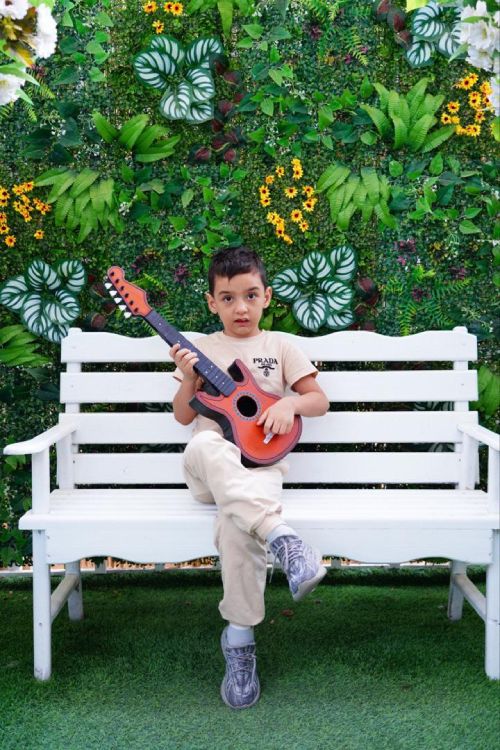
Amirkhon’s father — Tokhir Read More
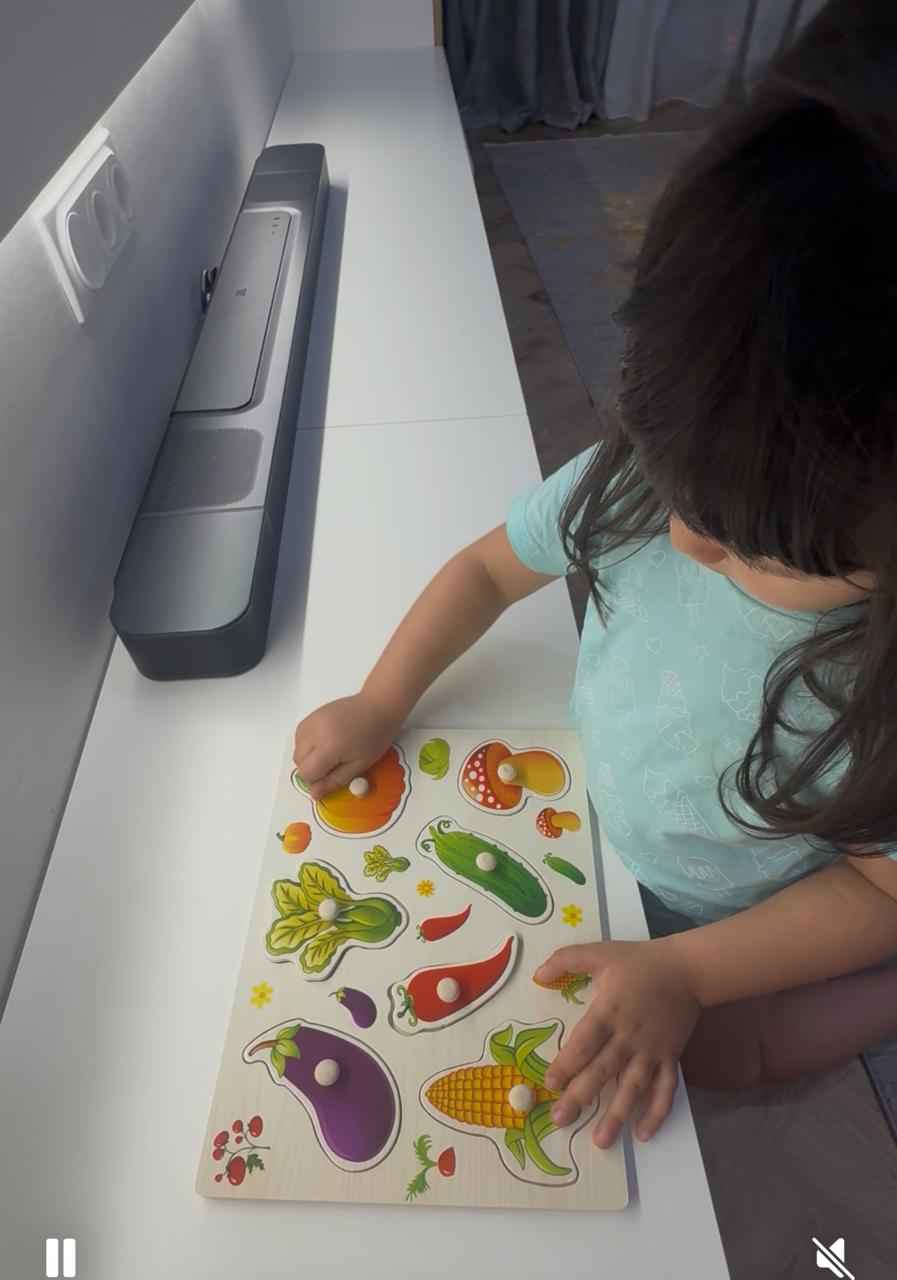
Dilana’s mother Read More

Irina and Stefan – Ilya’s parents Read More

Kristina – mother of Nelly and Nik Read More
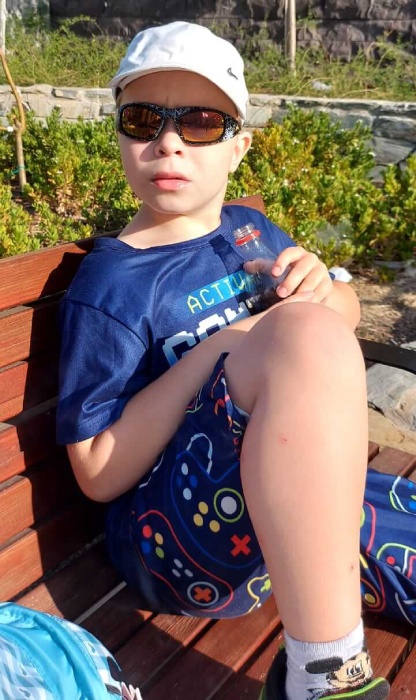
Marina and Grigory – Maxim’s parents Read More









